Binary Eye; seeing through barcodes.
Repository
https://github.com/markusfisch/BinaryEye
Introduction
I never knew what a barcode was until I started using Android. Before then, a lot of people who didn't know what it was called, called them lines and believed it was satanic. I didn't know what it was but I was sure that it was technology and had nothing to do with such powers.😅
On almost everything I buy, I always find a barcode. I once had an app which was supposed to scan barcodes but the app proved to be inactive and my curiosity for what lied behind barcodes faded slowly. I finally knew what lied behind barcodes after installing an app called Binary Eye.
While I was exploring here on steemit, I noticed that a utopian contributor has suggested a lot of feature to the Binary Eye. I didn't really pay attention to these contributions till I noticed that he was consistent with it. I finally found a review in which he wrote about the app. I went through the review (which was interesting), did more research and stormed towards the download button. Afterward, I installed the app and got really excited when I launched it.
What is Binary Eye
Binary Eye is a simple and focused app which is developed with the aim of scanning and composing barcodes. It is a free and open source project which uses the ZXing barcode scanning library.
About 19 days ago, the latest version (version 1.8.1) of the app was released with 3 assets on GitHub.
You can download the app both on Google Play and on F-Droid. You can also use the Direct app download link.
Features of Binary Eye
There are two main features of Binary Eye, it's either the user is scanning a barcode or composing a barcode.
- Scanning a barcode: Scanning a barcode is the main aim of the app. Once the app is launched and given permission to turn on the camera, the app automatically starts scanning for codes. At this point, all the user has to do is to place the camera in front of any code. The app is that simple; grant permission, and place camera in front of any available code. There are also some options for users to zoom in the camera, turn on/off the flashlight, and switch to the front camera of the device.
After I launched the app, I was curious to know what lied behind barcodes so I took an exercise book which had a barcode on it and scanned it.
In about two seconds after placing the camera against the code on the book, the app scanned the code and gave me details about it.
While taking the above screenshot, I couldn't take the camera any closer to the barcode because the Binary Eye app is very sensitive. It would scan the code before I take a screenshot.
- Composing a barcode: Users don't just scan; they create. It's a good thing that the Binary Eye app gives its users the capability to also compose their own barcodes. The app provides 11 formats in which codes can be created. Users are also given an option to select the size of the code (in pixels). And then, there's a box in which users are to type in the content that'll be encoded by the code.
When I saw this feature, I was glad because I expected the app to only scan codes; I've gotten more than my expectations. I clicked on the '+' symbol at the top of the default page and was directed to where I would compose a barcode. I selected the format, size (in pixels) and typed in the content to be encoded. Afterward, I clicked on the encode button and my code was created immediately. I also saw an option to share this code to most anywhere.
The two features listed above are the main features of the app. However, there is a history feature which keeps the details of previously scanned barcodes.
Comparing Binary Eye with Barcode Scanner(a similar open source app)
Irrespective of the fact that both applications are good and serve their purpose, let me do a comparison between the two of them.
- Binary Eye works both in landscape and portrait view. Meanwhile, Barcode scanner also works in landscape and portrait view, but then, users have to buy the pro version before being able to enjoy the portrait view.
- On the Binary eye, users can zoom in the camera against the barcode. On the other, users of Barcode Scanner cannot zoom in the camera.
- On Binary Eye, users can compose a barcode using any of the provided 11 formats.
Whereas, users of Barcode Scanner can't compose a barcode.
- On the Barcode Scanner app, users can only use the back camera to scan codes. Meanwhile, Binary Eye accepts the use of both the front and back camera to scan codes.
How to get started with Binary Eye
- Download and install the latest version of the app.
- Launch the app and grant permission to turn on your device's camera.
- Place the camera again a barcode.
That's it! 🙌
Conclusion
Binary Eye is a great app in terms of scanning and creating barcodes. Still happy I found it.
Github
Posted using Partiko Android
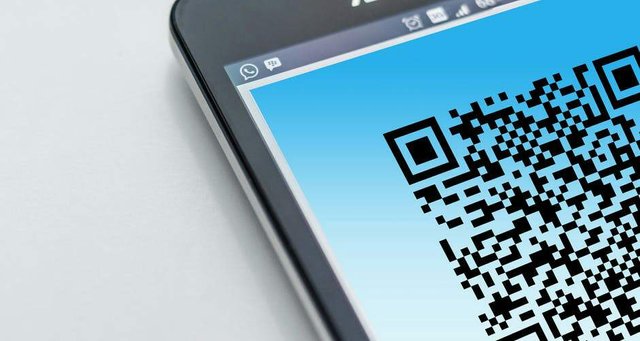
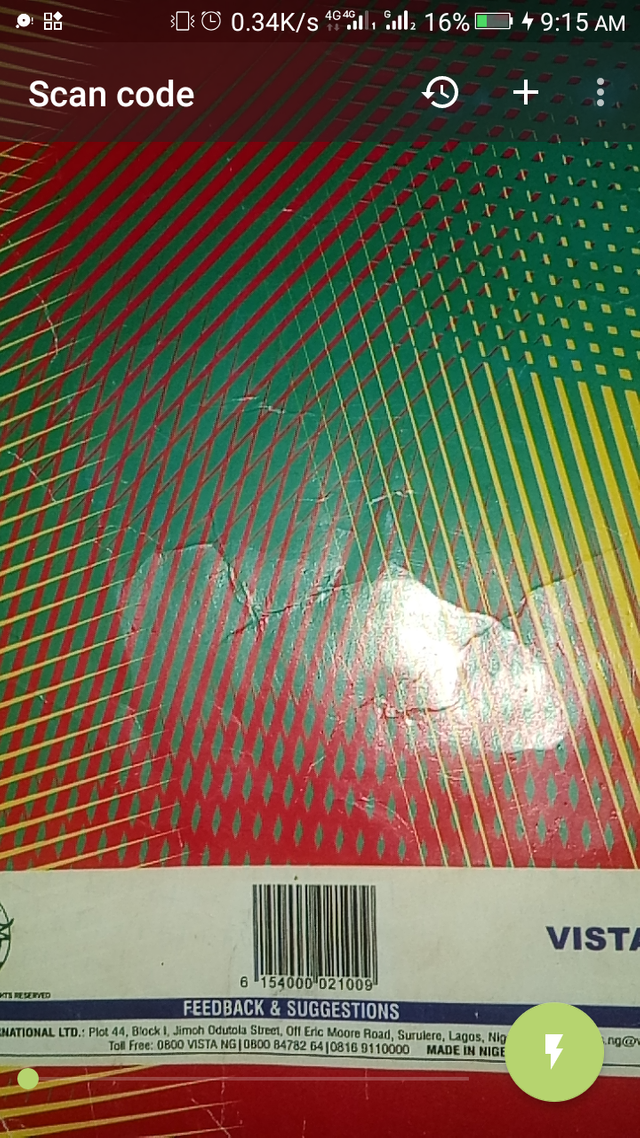
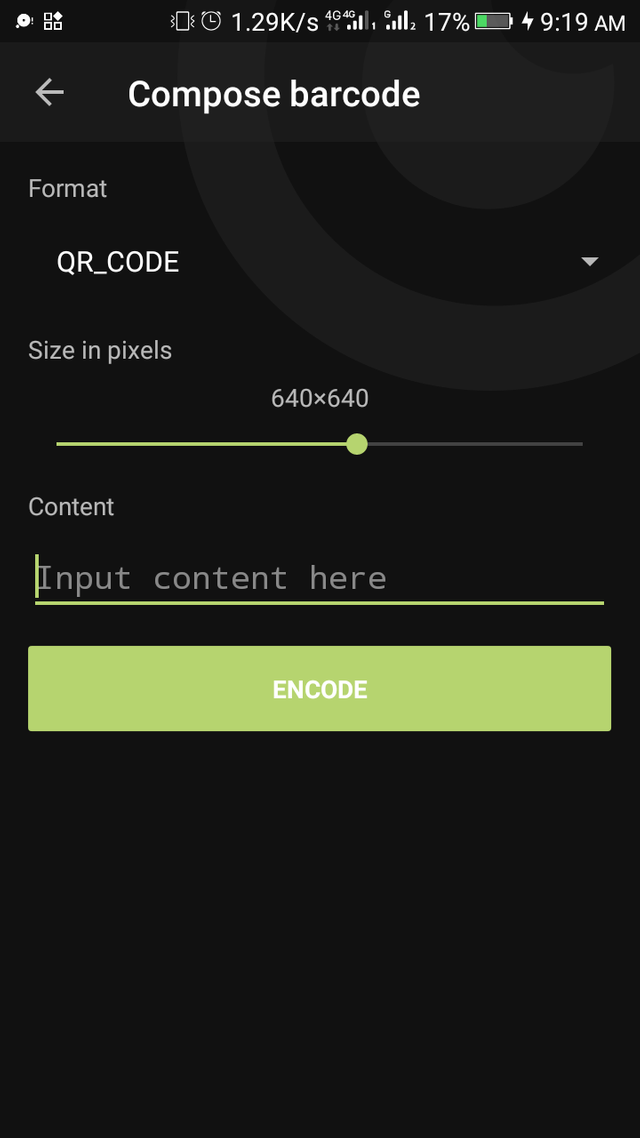
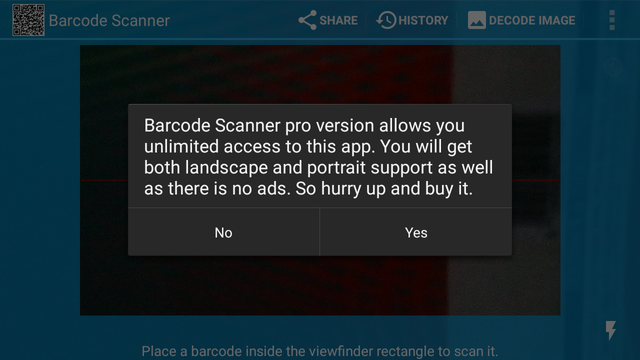
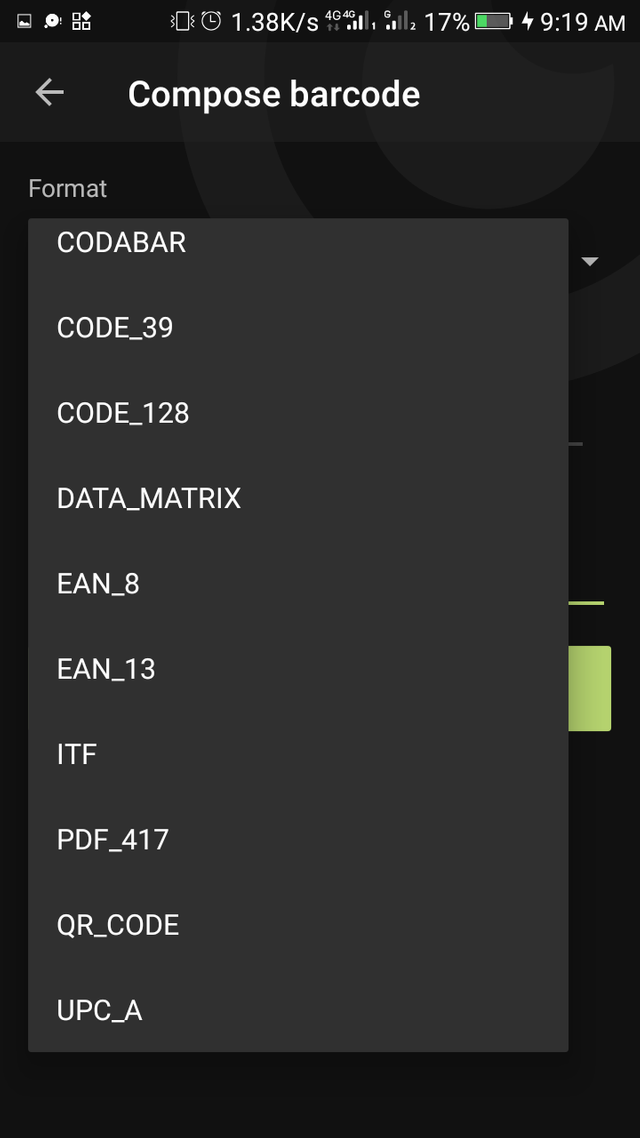
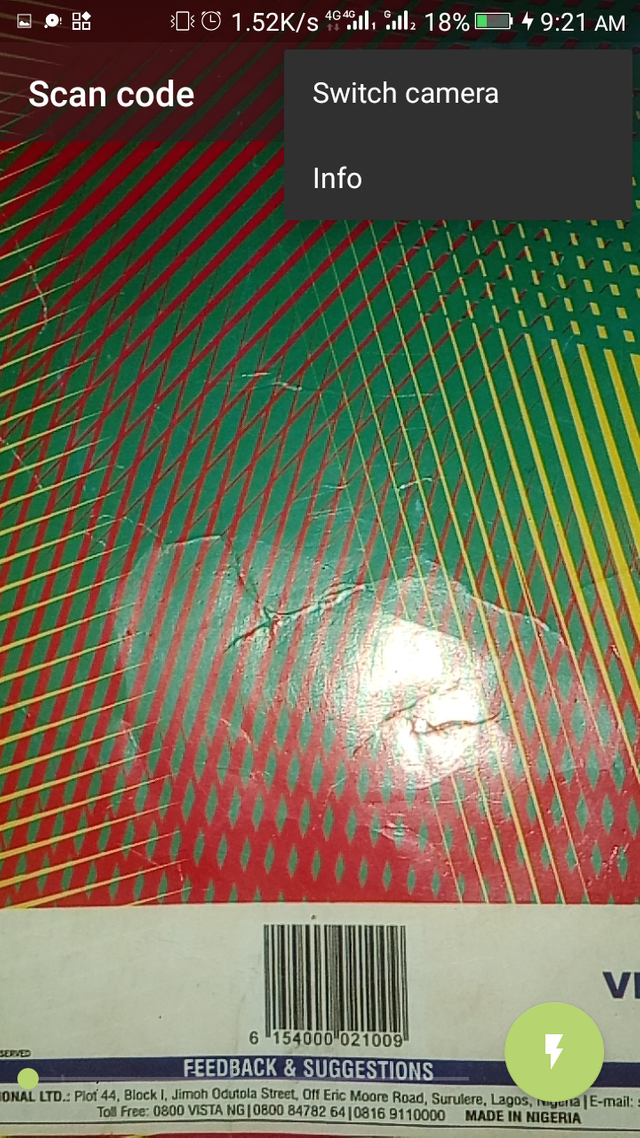
Hello, @chrisbarth!
Thank you for taking the time to promote another interesting open source project with an informative review. I have never used this tool, but I can say that it seems quite simple to use. As you rightly pointed out, barcodes are taking over our lives, so I think that such applications are going to thrive in the years to come. I also think it's pretty amazing that you can have access to vast amounts of information about any given product just by scanning a barcode with your device. Technology rocks!
As always, you did a very good job on the content side. The post is comprehensive and detailed, and the content is unique and personal, so it goes without saying that I appreciate your commitment to quality. However, there were minor writing imperfections, but not to the level where it hurt the reading experience. For example:
This sentence should read: "I once had an app which was supposed to scan barcodes, but the app was not being actively developed , and my curiosity for what lies behind barcodes faded slowly."
There are differences between spoken English and written English, and even though ''that'll" might be a common thing for English speakers, it's better to avoid using this phrase in written English. This one would be a better sentence: "And then, there's a box in which users can type in the content that will be encoded"
To sum up, you did a really good job. This is a very interesting review, and the writing issues I spotted are not that significant. I do think you can improve your writing though, and hope this comment will help you with that.
Your contribution has been evaluated according to Utopian policies and guidelines, as well as a predefined set of questions pertaining to the category.
To view those questions and the relevant answers related to your post, click here.
Need help? Chat with us on Discord.
[utopian-moderator]
Hello @lordneroo, thanks for your review. I'll keep trying to be better. I'm also grateful for the corrections you give; they help.
Posted using Partiko Android
Thank you for your review, @lordneroo! Keep up the good work!
Hi @chrisbarth!
Your post was upvoted by @steem-ua, new Steem dApp, using UserAuthority for algorithmic post curation!
Your post is eligible for our upvote, thanks to our collaboration with @utopian-io!
Feel free to join our @steem-ua Discord server
Hey, @chrisbarth!
Thanks for contributing on Utopian.
We’re already looking forward to your next contribution!
Get higher incentives and support Utopian.io!
Simply set @utopian.pay as a 5% (or higher) payout beneficiary on your contribution post (via SteemPlus or Steeditor).
Want to chat? Join us on Discord https://discord.gg/h52nFrV.
Vote for Utopian Witness!